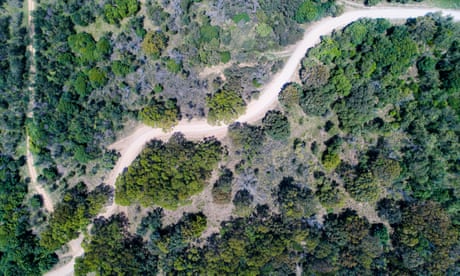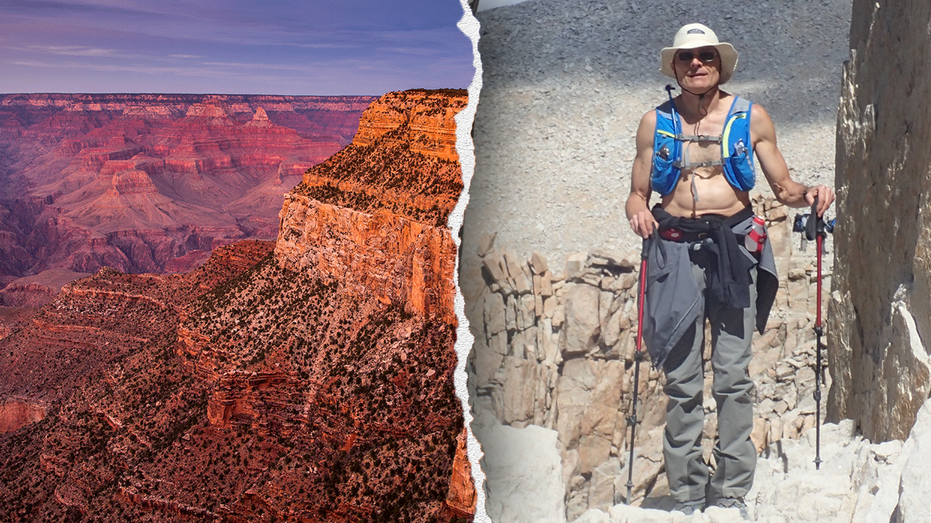- by foxnews
- 23 May 2025
Forest regeneration that earned multimillion-dollar carbon credits resulted in fewer trees, analysis finds
Forest regeneration that earned multimillion-dollar carbon credits resulted in fewer trees, analysis finds
- by theguardian
- 07 Nov 2022
- in news

The analysis by six academics, including the former carbon credit scheme integrity chair Prof Andrew Macintosh, has been presented to a review of the system commissioned by the climate change minister, Chris Bowen.
Carbon credits are issued for projects that use government-approved methods to store or avoid greenhouse gas emissions. One carbon credit is meant to represent one tonne of carbon dioxide. Credits can then be sold to the government or polluting businesses, which use them to offset their onsite emissions.
He said some projects that used the human-induced regeneration (HIR) method had been awarded carbon credits for managed forest regeneration when it had not occurred, and others for regeneration that would have occurred anyway because it was mostly just due to rainfall.
The academics from ANU and the University of NSW said in nearly all cases they found tree growth followed the same rainfall-driven pattern in both managed carbon credit project areas and in neighbouring areas that had not been managed to capture carbon dioxide.
The team examined 169 projects that together received about 24m credits between 2015 and 2021. They said 92 projects in NSW received 13.6m carbon credits, but the combined area of forest and sparse woody vegetation cover in the affected areas was more than 10,000 hectares less than when the projects were first registered. In Queensland, they said, 73 projects were found to have received 9.9m carbon credits while forest cover went backwards by more than 50,000 hectares.
The claims are a focus of the government review of the carbon credit scheme led by Prof Ian Chubb, a former national chief scientist. They are disputed by some companies that manage nature-based projects to store carbon in vegetation.
Its argument is that high rainfall is necessary for significant regrowth, but it would not have happened without changes in grazing practices. It said projects that reduced the amount of grazing in a given area had a similar impact on forest regrowth as projects that stopped land clearing.
Climate Friendly said this was backed by 81 field measurements by the CSIRO that found there was more carbon stored in regenerating trees across three project sites than it was being credited for. It argued the model used to estimate carbon credit claims, known as FullCAM, was inherently conservative.
GreenCollar and Macintosh both said the regulator had too many roles and was potentially conflicted. They called for some of its powers, including preparing methods under which carbon credits are created, to be given to other agencies.
Chubb has acknowledged there is a widespread view that the governance of the scheme needs to change.
Chubb, Macintosh and the companies working in the field all support the use of carbon offsets to help reduce emissions, but have said they should not be used as an excuse for polluters to delay their own cuts. Chubb recently said big emitters should not be able to use offsets to avoid doing something about reducing their own emissions.
Others have gone further. A recent report by the Australia Institute, a progressive thinktank, cited expert opinion that offsetting emissions should be a last resort, used only in hard-to-abate sectors, and should not be available to all polluters.
Bill Hare, a climate scientist and the chief executive of Climate Analytics, said many environmental policy experts supported a bigger change in how and when credits could be used. It was necessary in part because the evidence showed sequestering carbon in trees was not the same as cutting fossil fuel emissions, he said.
- by foxnews
- descember 09, 2016
United Airlines flight returns to Hawaii after concerning message found on bathroom mirror; FBI investigating
United Airlines Flight 1169 to Los Angeles returned to Hawaii after a "potential security concern" aboard the plane. The FBI and police are investigating.
read more


